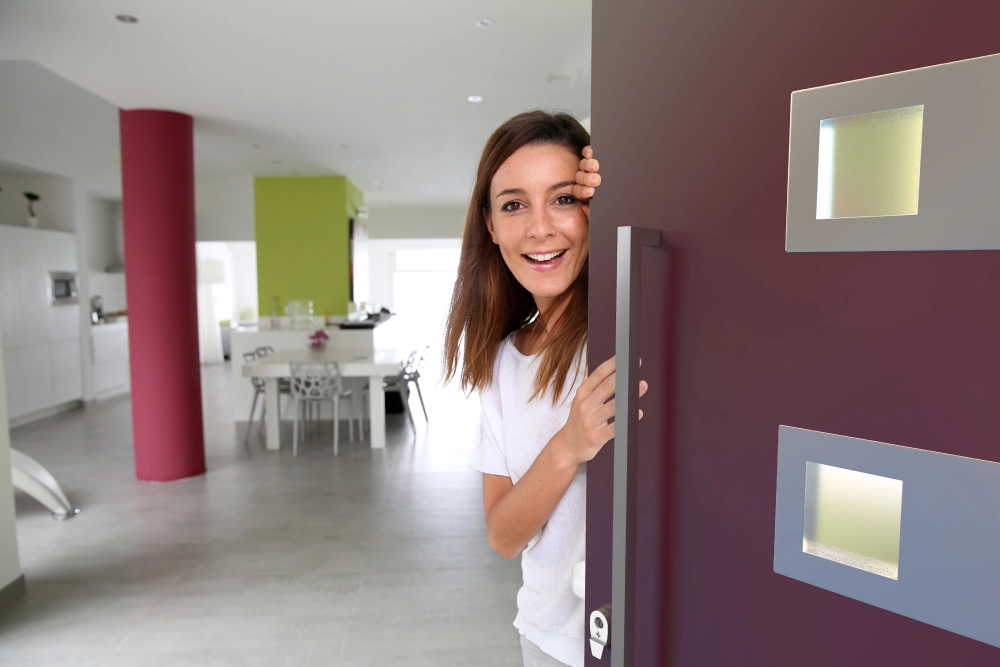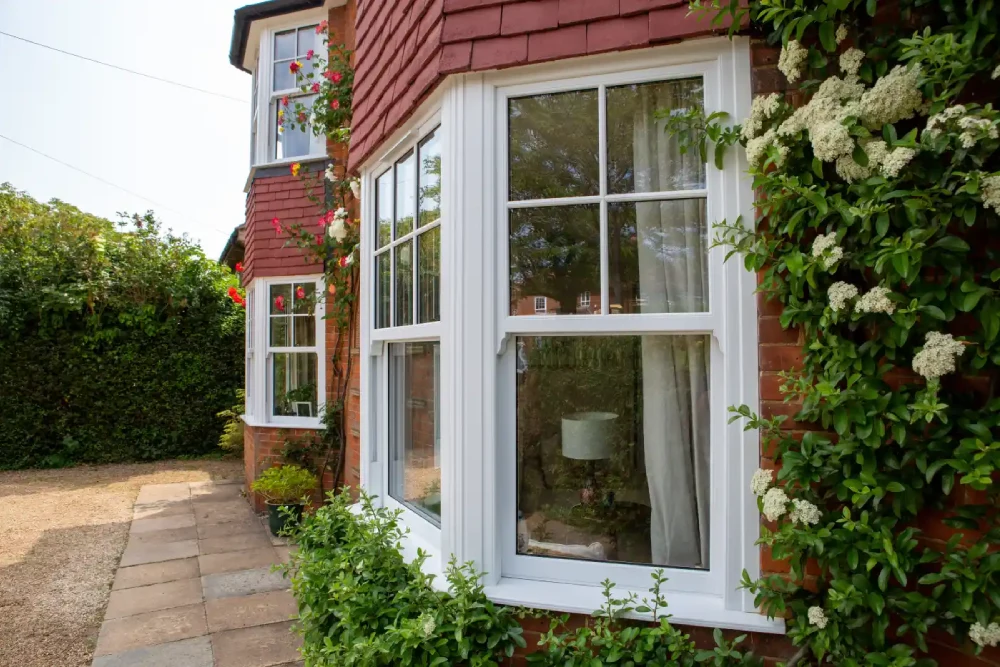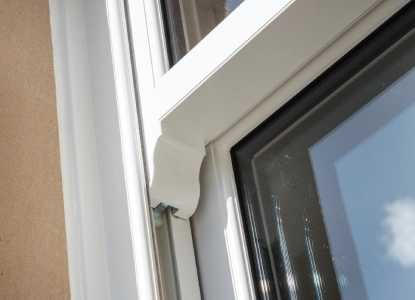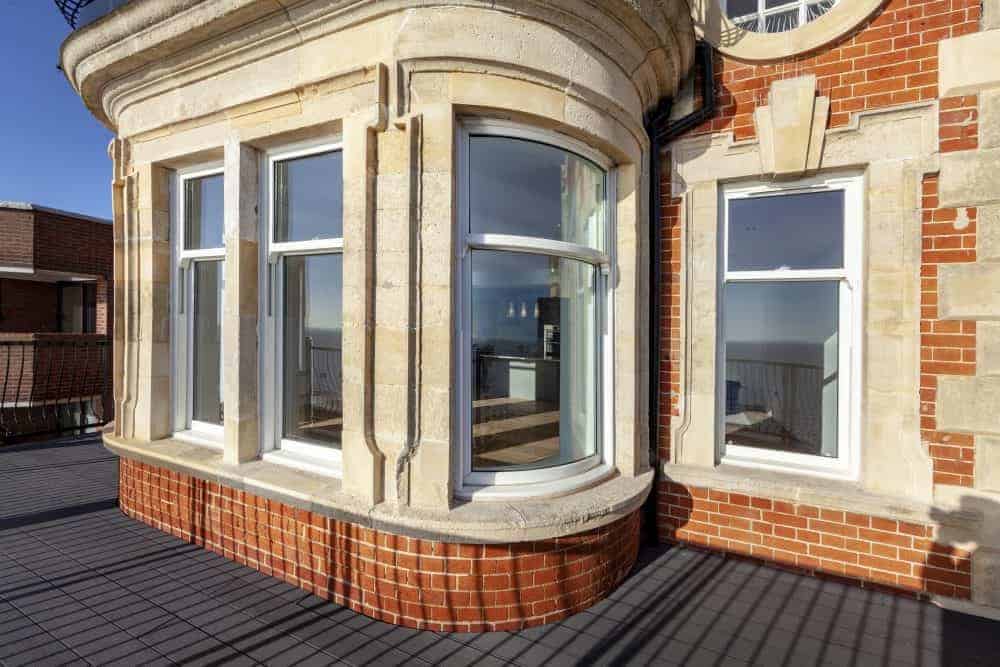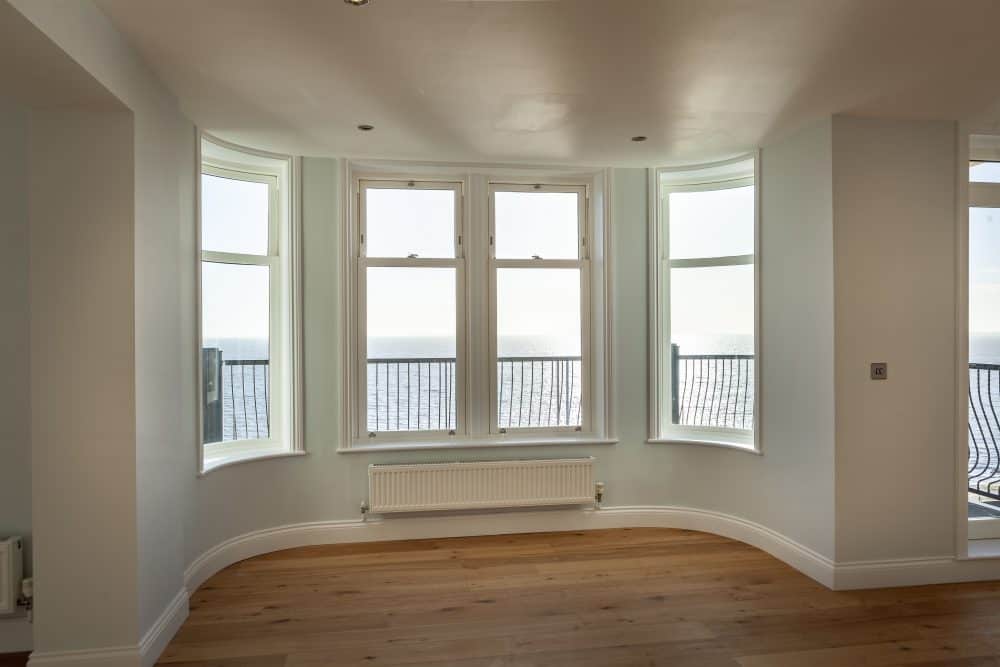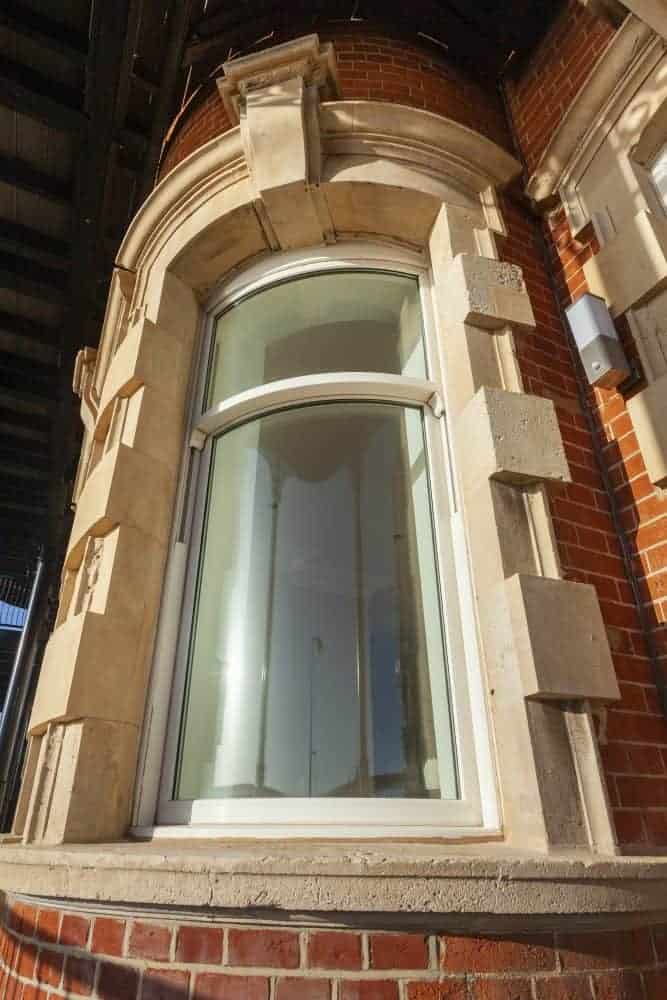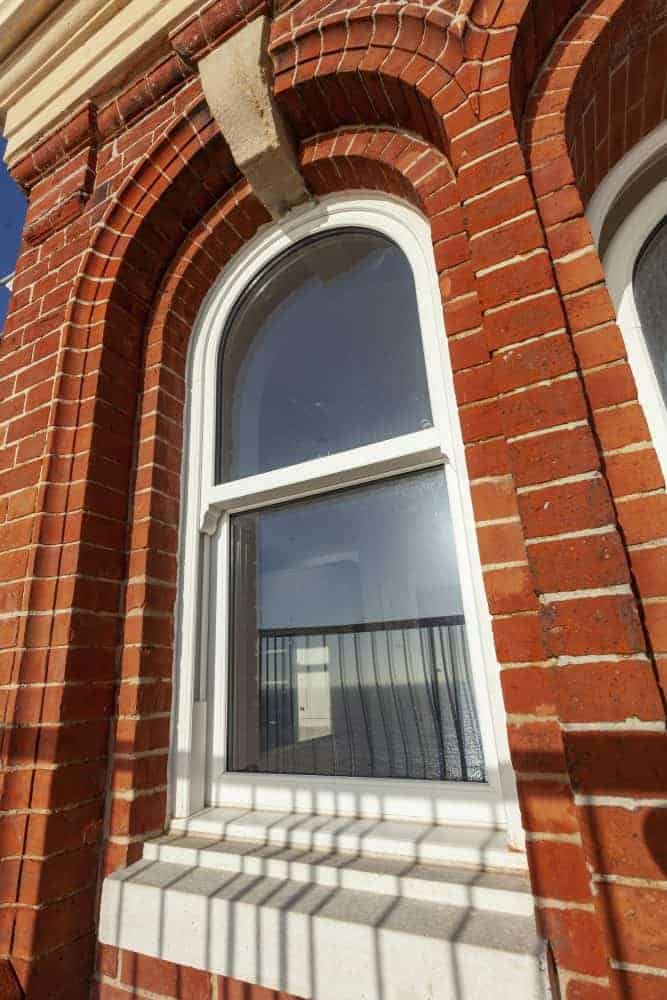What is PAS 24 and why does it matter?
PAS 24
PAS 24 is a standard of testing that measures the security performance of windows and doors in the UK. Under PAS 24 compliance, the windows and doorsets have met the minimum legal requirements for security and are suitable for domestic dwellings and commercial buildings exposed to comparable risk. Every window and door installed in a new build property must meet the requirements of PAS 24 (or an equivalent standard). If you want to take the security on your project to the next level, look out for products that meet the requirements of SBD (Secured by Design). SBD is a police initiative that works to improve the security of buildings. In this article, we’ll look at both standards and explain what they mean for you and your project.
What are PAS 24 doors and PAS 24 windows?
PAS stands for Publicly Available Specification. It’s a product benchmark that helps you choose products that meet an industry standard. PAS 24 relates to the security of windows and doors. PAS 24 windows or PAS 24 doors have been independently tested for their security credentials. The tests assess the ability of the door or window to resist the type of attack normally associated with casual or opportunistic burglars. The tests are a simple pass or fail. Windows and doors are either meet the requirements of PAS 24 or they don’t. PAS 24 standards are regularly updated as the industry advances and quality increases. The latest standard (as at March 2023) is PAS 24: 2022. Before that, it was PAS 24: 2016. When specifying PAS 24 windows or PAS 24 doors, make sure your contractor uses products that meet the most up-to-date specifications – PAS 24: 2022.
How do you check windows and doors have a PAS 24 certificate?
To achieve a PAS 24 certificate, windows and doorsets (i.e. the door, its frame and its hardware) must be independently tested by certified accreditation organisations such as UKAS (the United Kingdom Accreditation Service). This ensures all products are tested to the same industry standards so you can have confidence in the result. In most cases, windows and doors need to meet PAS 24 requirements. You will therefore often find that fabricators and installers will promote PAS 24 certification in their sales and marketing materials. Your window and door manufacturer will be able to provide you with copies of PAS 24 certificates for your chosen products if required.
What is the SBD (Secured by Design) police initiative?
Secured by Design (SBD) is the official police security initiative that works to improve the security of buildings and their immediate surroundings to provide safe places to live, work, shop and visit.
The Secured by Design logo and the ‘Police Preferred Specification’ indicates that a company or a product meets the high standards set by Secured by Design.
PAS 24 accreditation is typically a baseline requirement for achieving SBD standards. However, the testing requirements of SBD go beyond the standards and requirements of PAS 24. Products are tested and re-tested over time. Inspections of the manufacturer’s production facility are also required to ensure the correct processes are maintained over time.
As such, SBD and Police Preferred Specification status provide an additional layer of reassurance when the security on your project is a priority.
Mercury Glazing is a Secured by Design member company. This means we have been tested to and passed security standards specified by SBD on our PVC-U Sash Windows.
Security standards with Mercury Glazing
When you choose Mercury Glazing as your window and door supplier, you can rest assured you’re choosing a company committed to supplying products that meet the highest standards of security. All of our PVC-U sash windows meet the requirements of PAS 24. Plus, as a Secured by Design member company, we can add an additional layer of security by offering a Secured by Design upgrade on our PVC-U sash windows too. It’s just another example of the Mercury difference. Click here to get in touch.
How is the weather resistance test conducted on doors?
What is the purpose of the weather resistance test for doors?
What tools are provided for the engineer during the manual test?
How long does the engineer have to perform the manual test?
What methods are used during the manual test to simulate a break-in?
During the manual test to simulate a break-in, the engineer employs various methods to assess the strength and security of the door and lock cylinder. The engineer begins by using common lock breaking techniques such as mole gripping, aimed at testing the durability of the lock. Additionally, the engineer conducts a manual intervention test, which allows them 15 minutes to attempt breaking into the door using tools provided by the BSI (British Standards Institution).
To evaluate the door’s resistance to unauthorised access, a cut-through tool is employed. This tool is specifically designed to examine if the blade can create a hole of significant size on the door. The test is conducted in two designated zones: Zone One refers to any part of the door within 400mm vertically on either side of the lock, while Zone Two encompasses all other areas of the door.
Each test is conducted for a duration of three minutes, and the door is deemed to have failed if the blade manages to create a hole with a diameter exceeding 50mm. By performing these comprehensive tests, the engineer can thoroughly assess the door’s vulnerability to various manual intrusion methods.
What is the purpose of the manual test for doors?
How is the hard impact test conducted?
The hard impact test is conducted to evaluate the resistance of the doors’ individual components to shock forces. This test involves the use of a metal battering ram attached to a pendulum. The ram, weighing 50kg, is pulled back and released three times. It is designed to mimic the door being struck with a concentrated force.
During the test, the pendulum is pulled back, applying potential energy to the ram. The ram is then released and swings downward towards the door. It strikes the door with a force that is intended to simulate a strong impact. To ensure consistency, the ram is dropped from a set height of 800mm above its resting position.
By subjecting the door to repeated impacts from the ram, this test aims to assess the durability of the door’s components. It helps to determine whether the door can withstand concentrated forces and continue to function as intended without any structural or functional damage. Through this rigorous testing process, the effectiveness of the door in withstanding impacts is thoroughly evaluated.
What is the purpose of the hard impact test for doors?
How is the solid impact test conducted?
What is the purpose of the solid impact test for doors?
How is the force applied during the mechanical loading test?
What force is applied during the mechanical loading test?
What is the purpose of the mechanical loading test for doors?
What is Approved Document Q?
Is PAS 24 a legal requirement?
Is PAS 24 the same as Secured By Design?
Cliff House, Felixstowe
VIEW PROJECTFoxhill House, Chester
VIEW PROJECTUniversity of Sussex, Brighton
VIEW PROJECTVarndean College, Brighton
VIEW PROJECTFrom sash windows to aluminium bifold doors, our high-quality products are engineered and manufactured right here in Britain. We work with fellow UK-operated companies, Spectus Window Systems, Smart Systems, and Jack Aluminium Systems, to deliver only the very best to our trade, commercial and residential customers.
How much do French doors cost to install in the UK?
The cost of installing French doors in the UK varies depending on the size, material, and design. At Mercury Glazing, we offer competitive pricing tailored to your specific needs. Please contact us for a personalised quote.
How to fit door handles?
Fitting door handles can be a straightforward process. First, measure and mark the position on the door, drill the necessary holes, then attach the handle with screws. For detailed instructions or professional fitting services, feel free to reach out to us.
What are composite doors made of?
Composite doors are crafted from a combination of materials, including PVC, wood, insulating foam, and GRP (Glass Reinforced Plastic). This blend ensures strength, durability, and thermal efficiency.
What are composite doors?
Composite doors are high-quality doors known for their robustness, energy efficiency, and security. They are an excellent choice for those seeking a durable and aesthetically pleasing option.
Do composite doors fade in the sun?
Our composite doors are designed to resist fading, even under prolonged sun exposure, thanks to their high-quality materials and construction.
How to adjust composite doors?
Adjusting a composite door usually involves aligning the hinges and lock mechanism. If you're experiencing issues, we recommend contacting a professional for assistance to ensure optimal performance and avoid damage.
How to replace patio doors?
Replacing patio doors involves removing the old doors, preparing the opening, and installing the new doors. It's a task best handled by professionals to ensure a perfect fit and functionality.
How much do patio doors cost?
The cost of patio doors varies based on size, material, and design. Contact us at Mercury Glazing for a bespoke quote that matches your specific requirements.
How much are French doors?
The price of French doors depends on the material, size, and design details. We offer a range of options to suit various budgets. Please get in touch for a tailored quote.


